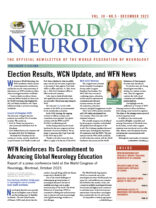Report of the Sept. 5-6, 2023, meeting at the WHO Headquarters in Geneva, Switzerland.
By Ksenia Pochigaeva and Wolfgang Grisold
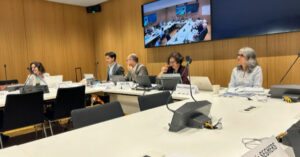 This two-day meeting in Geneva, Switzerland, was composed of worldwide high-level representatives looking at essential medicines for neurological disorders. It was organized through collaboration of several WHO departments, including the Brain Health Unit, the Medicines and Health Products Division and the Non-Communicable Diseases Department, as well as representatives of several WHO regional and country offices.
This two-day meeting in Geneva, Switzerland, was composed of worldwide high-level representatives looking at essential medicines for neurological disorders. It was organized through collaboration of several WHO departments, including the Brain Health Unit, the Medicines and Health Products Division and the Non-Communicable Diseases Department, as well as representatives of several WHO regional and country offices.
The WFN was represented at this meeting by its president, Wolfgang Grisold, with virtual participation of its trustees William Carroll and Alla Guekht. Dr. Carroll presented the results from the WFN Needs Registry Survey highlighting the importance of having treatments for neurological disorders on the list of essential medicines.
After opening statements, the meeting was initiated by a presentation from the Brain Health Unit of an ongoing landscape analysis, which examines data on various aspects of the existing treatment gap in neurological diseases and the factors that influence access to medicines. These were graphically presented as a “fishbone” diagram, which incorporated a wide array of components pertaining to prioritization of neurological conditions, selection, production, pricing, supply and monitoring of essential medicines. This highlighted the number of challenges, which need to be addressed both globally and at regional and country levels and served as a reference point for group discussion on specific actions for overcoming these challenges.
The WHO Essential Medicines List (EML) and Essential Medicines List for Children (EMLc) were discussed from several perspectives. These tools are of global importance, as all WHO member states (194) are recommended to have these drugs available. Although all of these medications are generics, they are still not accessible for patients in all countries. Reasons for this include disparities between the WHO model list and national EMLs, high cost of certain medicines, national policies regarding Universal Health Care (UHC), and reimbursement and the registration process not completed for all essential medicines in all countries.
This was outstandingly demonstrated in the report of a case study of 47 national EMLs from Africa, in which antiseizure and antiparkinsonism medicines from the WHO model list were used as tracer conditions for neurological disorders. This case study could be a model for other regions for a better understanding in what disparities need to be addressed to improve access to medicines for neurologic disorders.
Another issue that remains is related to the health workforce capacity, with many countries lacking a sufficient number of neurologists or physicians with training to diagnose and prescribe treatment for epilepsy and other neurological disorders.
The WHO EML is updated every two years through a thorough application and review process. The latest version of the list from 2023 includes cladribine, glatiramer acetate and rituximab for MS and levetiracetam among ASMs. Unfortunately, other neurological conditions, such as Parkinson’s disease, still lack medicines or optimized formulations on the EML.
The significance of this meeting was greatly supported by accounts from persons with lived experience, with Omotola Thomas speaking for people with Parkinson’s disease in Africa and Donna Walsh representing the IBE and speaking on behalf of people with epilepsy.
The WFN is grateful that the WHO is prioritizing medicine for the treatment of neurological disorders and will continue to be active in raising awareness on the WHO Model EML. •
Ksenia Pochigaeva is an intern with the WFN, and Wolfgang Grisold is WFN president.
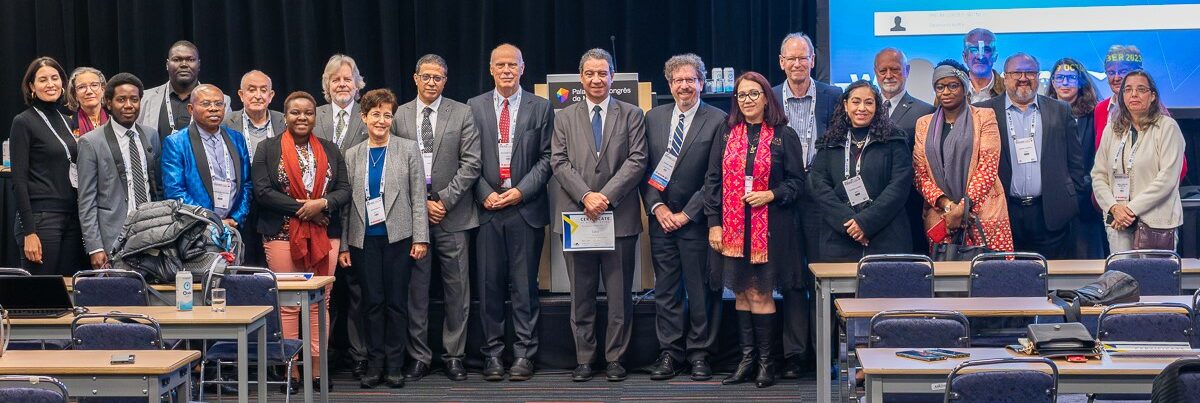 Welcome to World Neurology, the WFN newsletter, which contains several important contributions and has become the main instrument of information on WFN activities as well as other neurological activities worldwide.
Welcome to World Neurology, the WFN newsletter, which contains several important contributions and has become the main instrument of information on WFN activities as well as other neurological activities worldwide.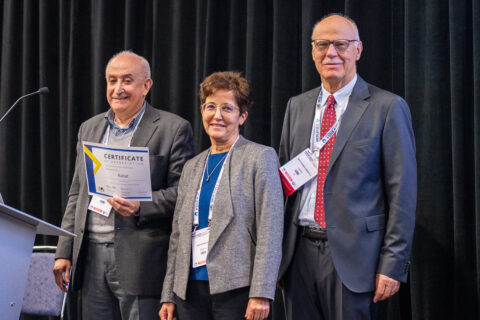 WCN 2023 Montreal
WCN 2023 Montreal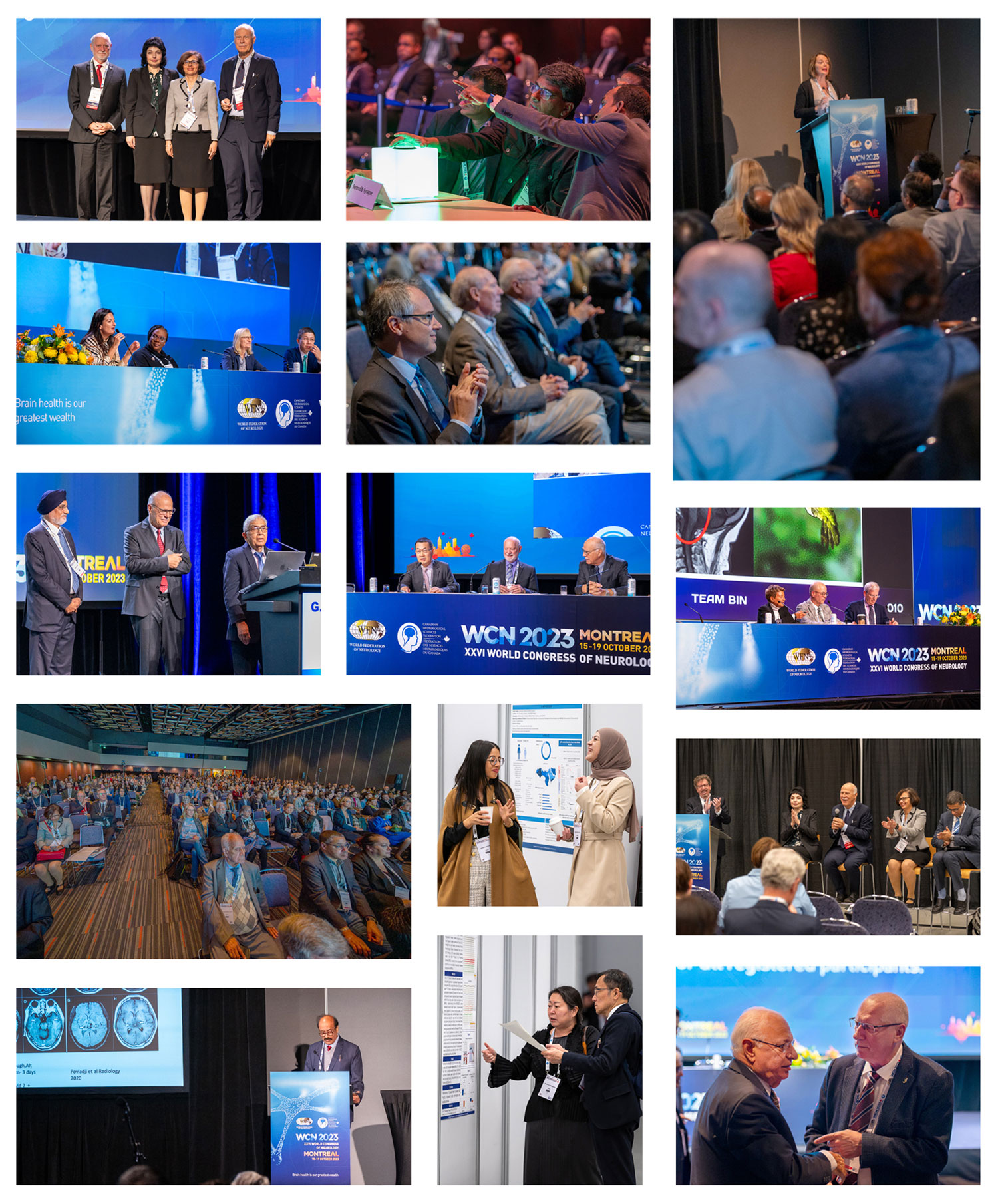
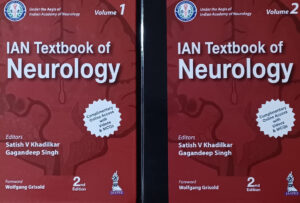
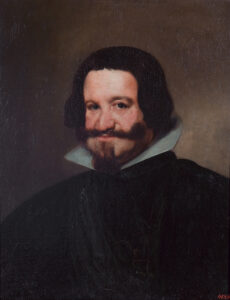
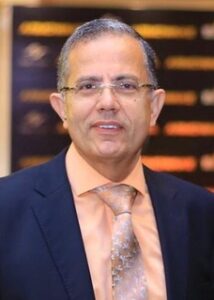
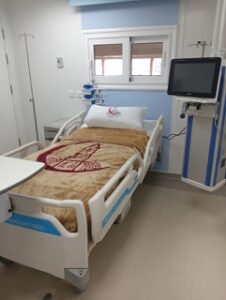
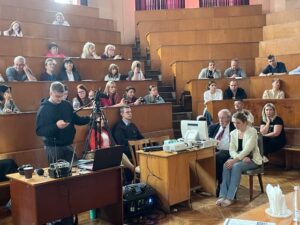 The Neurosonology Specialty Group (NSG) of the WFN is dedicated to the promotion of science and research as well of education and training in the field of ultrasonic techniques and its clinical utilization. Therefore, international cooperation and the dissemination of scientific information within the field of neurosonology is part of the NSG activities.
The Neurosonology Specialty Group (NSG) of the WFN is dedicated to the promotion of science and research as well of education and training in the field of ultrasonic techniques and its clinical utilization. Therefore, international cooperation and the dissemination of scientific information within the field of neurosonology is part of the NSG activities.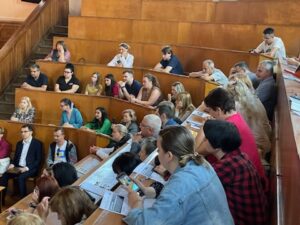 In mid-September 2023, NGO Razom Co-Pilot Project assisted in organizing medical training in Kyiv at the O.O. Bogomolets National Medical University. Specialists from the U.S. conducted a three-day workshop there on TCD diagnostics for doctors from all over Ukraine. In Kyiv, there were 72 attendees from six regions of Ukraine and Kyiv. Training was led by Dr. Alex Razumovsky (Specialty Care Consultant, President of TCD Global, Inc. and NSG WFN Advisory Board member) and Dr. Kenneth Green (Retired U.S. Navy commander, managing director of CounteRisk Technologies, Inc. and co-chair for Military Medicine and Veterans Affairs Subcommittee at the Society for Brain Mapping and Therapeutics).
In mid-September 2023, NGO Razom Co-Pilot Project assisted in organizing medical training in Kyiv at the O.O. Bogomolets National Medical University. Specialists from the U.S. conducted a three-day workshop there on TCD diagnostics for doctors from all over Ukraine. In Kyiv, there were 72 attendees from six regions of Ukraine and Kyiv. Training was led by Dr. Alex Razumovsky (Specialty Care Consultant, President of TCD Global, Inc. and NSG WFN Advisory Board member) and Dr. Kenneth Green (Retired U.S. Navy commander, managing director of CounteRisk Technologies, Inc. and co-chair for Military Medicine and Veterans Affairs Subcommittee at the Society for Brain Mapping and Therapeutics).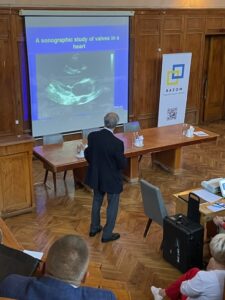 Further learning on TCD clinical utilization took place at I. I. Mechnikov Dnipropetrovsk Region Clinical Hospital in Dnipro where 15 neurologists, anesthesiologists, and ultrasound specialists also practiced their new diagnostic skills and already started performing TCD examinations for their patients. Today, Mechnikov Hospital in Dnipro is receiving a large number of military personnel with war-time TBI. Conducted workshop and TCD clinical utilization provided opportunity to doctors of the Mechnikov Hospital to improve diagnosis, prevent complications, and plan treatment management for patients in neurointensive care, endovascular center, and the neurosurgery department.
Further learning on TCD clinical utilization took place at I. I. Mechnikov Dnipropetrovsk Region Clinical Hospital in Dnipro where 15 neurologists, anesthesiologists, and ultrasound specialists also practiced their new diagnostic skills and already started performing TCD examinations for their patients. Today, Mechnikov Hospital in Dnipro is receiving a large number of military personnel with war-time TBI. Conducted workshop and TCD clinical utilization provided opportunity to doctors of the Mechnikov Hospital to improve diagnosis, prevent complications, and plan treatment management for patients in neurointensive care, endovascular center, and the neurosurgery department.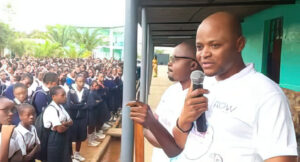 The ASLEK Epilepsy Association in the Democratic Republic of Congo (DRC) is the unique national non-profit organization in the DRC, working in the field of research, staff training, community education, and patient care in neurology in general and epileptology
The ASLEK Epilepsy Association in the Democratic Republic of Congo (DRC) is the unique national non-profit organization in the DRC, working in the field of research, staff training, community education, and patient care in neurology in general and epileptology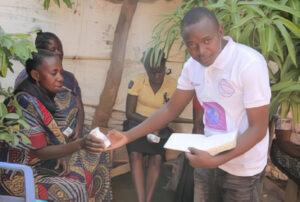 Epilepsy Education
Epilepsy Education